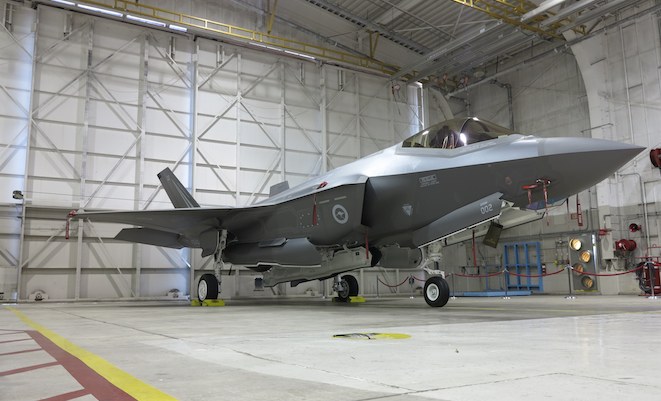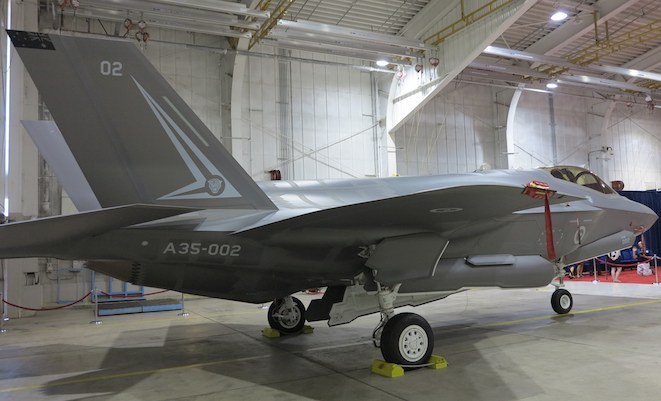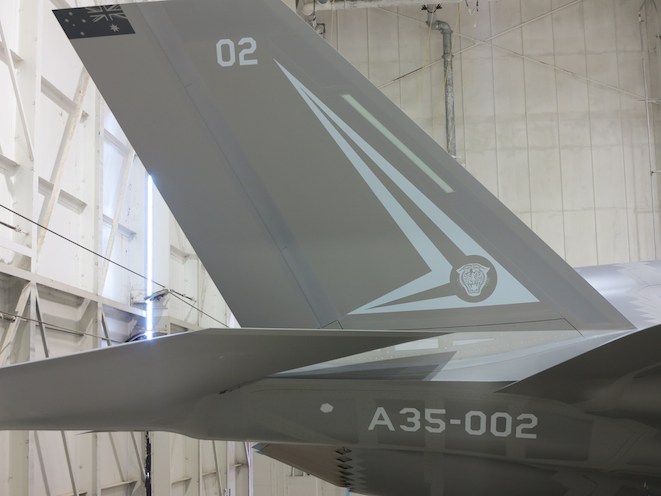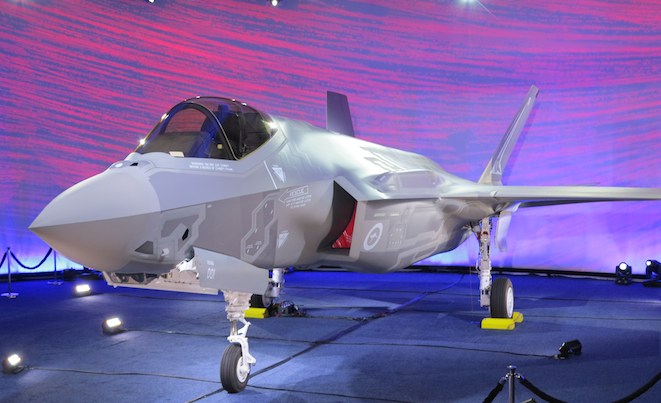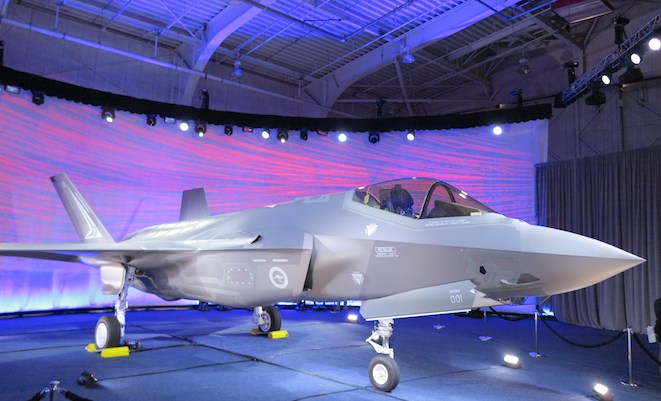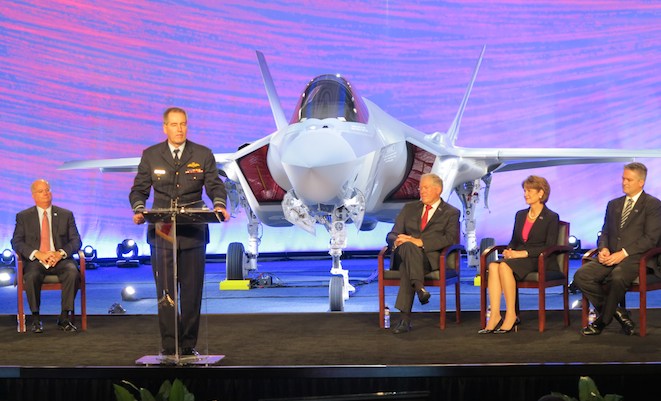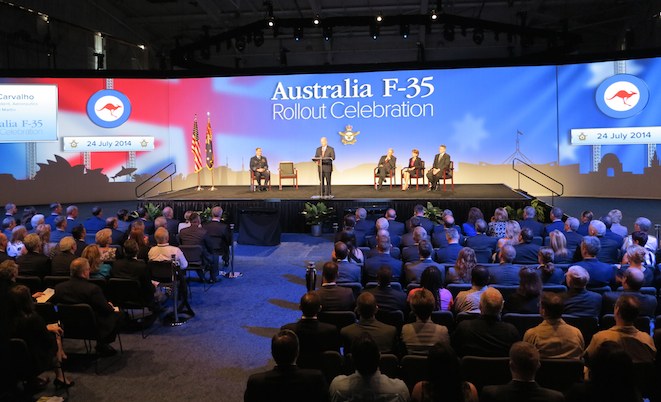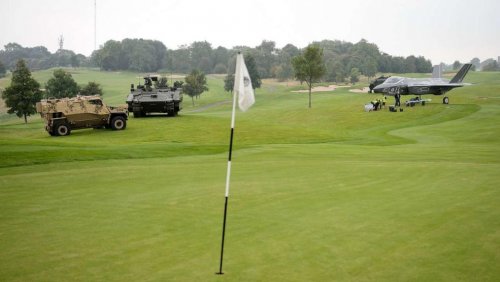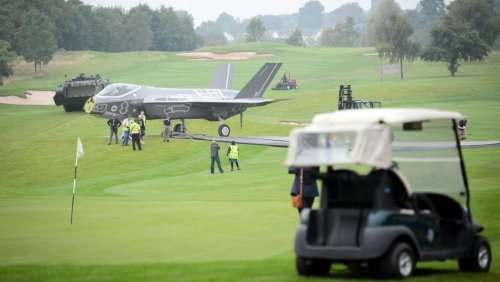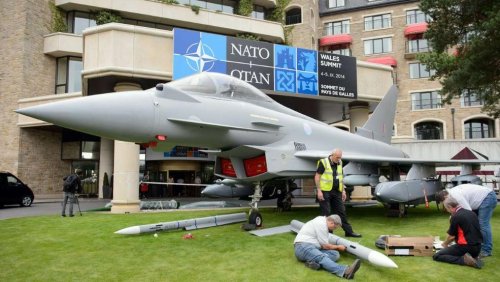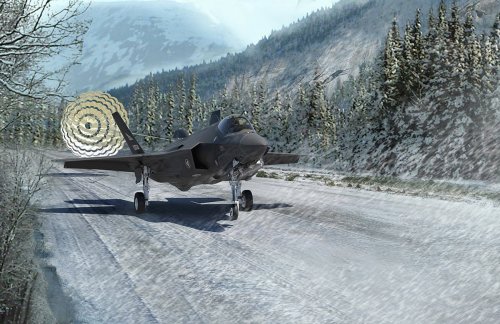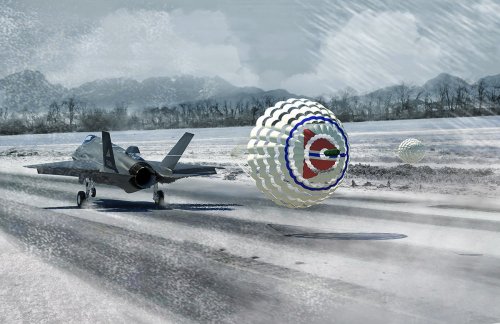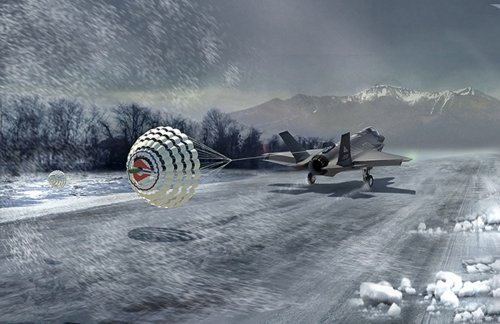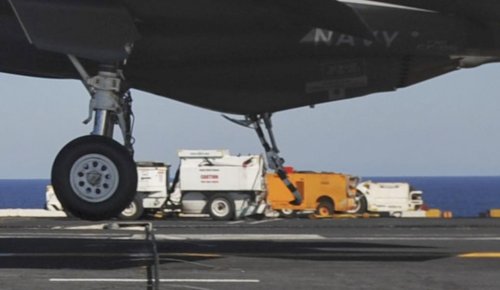- Joined
- 21 April 2009
- Messages
- 13,153
- Reaction score
- 6,009
The F-35 fleet can return to flying—after a three-week grounding due to an engine fire—but within a restricted envelope, and only after rigorous engine inspections, Pentagon spokesman Rear Adm. John Kirby said Tuesday. Specifically, the F-35s are limited to speed of under 0.9 Mach; 18 degrees angle of attack, between -1G to +3 G maneuvers, and 1/2 stick deflection for rolls. Also, the front engine fans are to be inspected every three hours of flying time—a requirement that precluded the six-hour trip to Britain for their Farnborough Air Show debut. Kirby said Air Force and Navy airworthiness authorities cleared flights to resume with the above-stated caveats, with full clearance pending a final “root cause” for the engine fire, which Pentagon acquisition czar Frank Kendall on Monday said was due to blade “rubbing” against the engine case.
Marine Corps Commandant Gen. John Amos decided early Tuesday that his jets would not fly at Farnborough, Kirby said. Kirby reiterated Kendall’s assertion that there’s no indication of a “systemic” problem with the F-35’s Pratt & Whitney F135 engine, and pulling out of the Farnborough flying lineup doesn’t signal any lessened support for the program. “We know what happened, we just don’t know why it happened,” said Amos, during a speech Tuesday at the Brookings Institution in Washington, D.C. The F-35 has amassed about 26,000 hours on the engines with no similar failure, he added.
Marine Corps Commandant Gen. John Amos decided early Tuesday that his jets would not fly at Farnborough, Kirby said. Kirby reiterated Kendall’s assertion that there’s no indication of a “systemic” problem with the F-35’s Pratt & Whitney F135 engine, and pulling out of the Farnborough flying lineup doesn’t signal any lessened support for the program. “We know what happened, we just don’t know why it happened,” said Amos, during a speech Tuesday at the Brookings Institution in Washington, D.C. The F-35 has amassed about 26,000 hours on the engines with no similar failure, he added.

